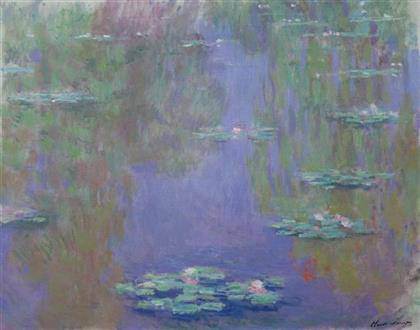
Pablo Picasso (1881-1973)
Child with a Dove, 1901
Oil on canvas, 73 x 54 cm
Private collection
Becoming Picasso: Paris 1901 – Courtauld Gallery This exhibition tells the remarkable story of Pablo Picasso’s breakthrough year as an artist – 1901. Courtauld Gallery, London, 14 February to 26 May 2013.]]>
Source: Courtauld Gallery
1901 was the year that the highly ambitious nineteen-year-old first launched his career in Paris at a debut summer exhibition with the influential dealer Ambroise Vollard. Refusing to rest on the success of this show, Picasso (1881-1973) charted new artistic directions in the second half of the year, heralding the beginning of his now famous Blue period. Becoming Picasso focuses on the figure paintings of 1901 and explores his development during this seminal year when he found his own artistic voice. This exhibition is a unique opportunity to experience works, now considered to be Picasso’s first masterpieces, which established his early reputation. They are also among the earliest paintings to bear the famously assertive and singular Picasso signature, which he adopted in 1901.
1901 was a momentous and turbulent year for the young Picasso. He spent the first part of it in Madrid where he helped to set up “Arte Joven”, an avant-garde journal with ambitions to shake up the staid culture of the Spanish capital. This role could not hold him for long as Picasso’s sights were firmly set upon becoming a great painter in Paris, the ‘capital of the arts’. His first visit to Paris, in the autumn and winter of 1900, had fuelled his ambitions and led to the prospect of the 1901 exhibition with Vollard, one of the city’s most important modern art dealers. In February 1901, whilst still in Madrid, Picasso received news from Paris that his close friend, Carles Casagemas, had committed suicide in dramatic fashion. Casagemas shot himself in Montmartre’s Hippodrome café in front of the young woman who had jilted him and his friends. The tragedy would have a profound impact upon Picasso’s art as the year unfolded.
Picasso left Spain for Paris, probably at the beginning of May, with a clutch of drawings and just a few paintings. He had little over a month to produce enough work for his Vollard exhibition. Arriving in Paris, Picasso took a studio in Montmartre at 130ter boulevard de Clichy with Pere Mañach who acted as his agent. The studio had previously been occupied briefly by Casagemas before his suicide. Picasso then painted unstintingly, sometimes finishing three canvases in a single day. This outpouring of creative energy resulted in most of the sixty-four works shown at the Vollard exhibition (24 June to 14 July). They demonstrate Picasso taking on and reinventing the styles and motifs of major modern artists, including Van Gogh, Degas and Toulouse-Lautrec. In works such as “Dwarf-Dancer” (Museu Picasso, Barcelona) and “At the Moulin Rouge” (Private collection) we see these influences coming together and being transformed into bold and daring expressions of Parisian night life, captured in showers of broken brushwork and bright colours.
Related content
Picasso Prints: The Vollard Suite at the British Museum (exhibition, 2012)
Follow us on:


